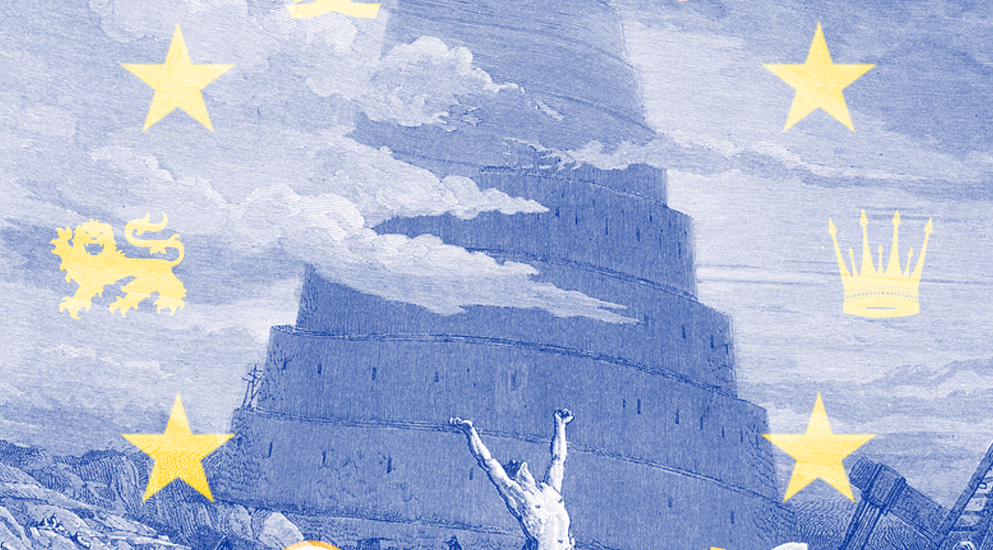
 Feb29 2016, Amsterdam
Feb29 2016, Amsterdam Open Classroom #3: Babel
Event on 2 March 17.00-19.00u
The third open classroom is about developing a common language for Europe.
During this open classroom Edwin Gardner and Christiaan Fruneaux of Monnik will present Babel: a project to design and develop a logographic script for Europe. Then Esperanto scholar Federico Gobbo will talk about the Esperanto project in relation to Europe. Afterwards there is time for questions, and room to discuss.
Monnik is a research collective based in Amsterdam. Babel is a speculative research project with a logographic script as its outcome. Examples of logographic scripts are the ancient Egyptian hieroglyphs but also the Chinese character writing. Questions that Monnik asks are for example: What should the logographic script be based on? Should it be handwritten or computer based? Babel is a chance to look into the characteristics of Europe, and what symbols we can use to represent it. By developing a logographic script we can read each other’s papers and write to one another, even if we don’t speak each other’s language. It’s a design solution through which one could instantly create a true public sphere for Europe.
Federico Gobbo is a researcher and teacher in the areas of Linguistics, Philosophy and Computing. His main topic of interest is artificiality in languages. For ‘languages’, this mainly means planned languages, like Esperanto and Volapük but also languages planned for fictional purposes like Star Trek’s Klingon. Federico will talk about the Esperantist project, started in 1887, and its legacy, in the contexts of Europe and everyday life. The goal of its creator – “Doctor Esperanto” aka L. L. Zamenhof – was to create a politically neutral language that would transcend nationality and foster peace and international understanding between peoples. “Esperanto” translates as “one who hopes”.
Reservations are required, please RSVP by contacting hello@neweuropeans.org with ‘Babel’ in the title.

Stichting EU2016 Plan C p/a Pakhuis de Zwijger Piet Heinkade 179
1019 HC amsterdam tel 020 - 624 63 80 hello@neweuropeans.org






comments